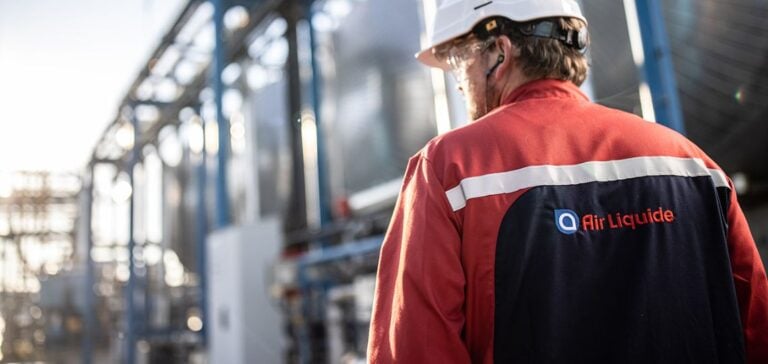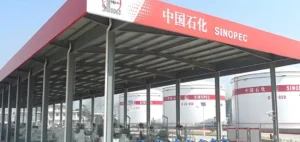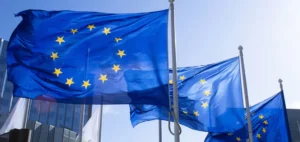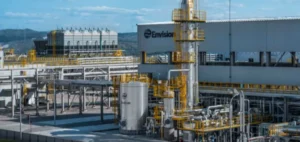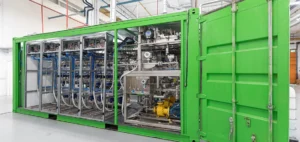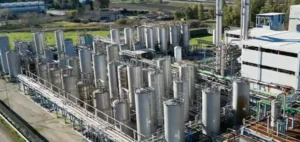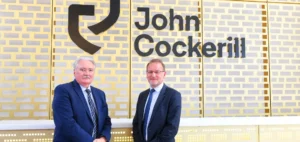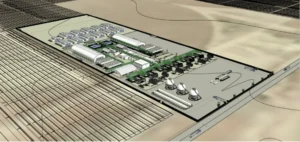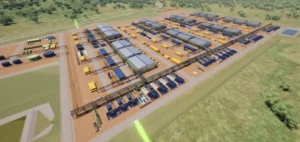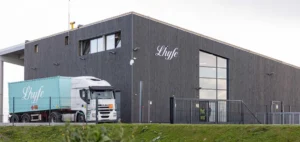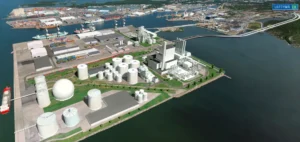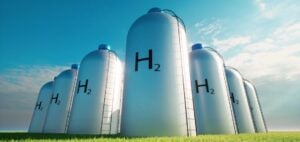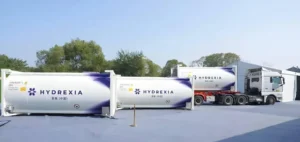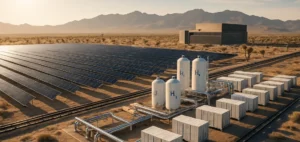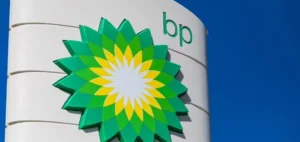Air Liquide continues to develop its low-carbon hydrogen ecosystem in Normandy, announcing a €50 million investment in a supply chain dedicated to transport and mobility. This strategic project will support the growth of hydrogen vehicles along the Seine axis, from Normandy to Île-de-France.
The new packaging site, supplied by the 200 MW Normand’Hy electrolyzer currently under construction, will produce renewable hydrogen. This initiative is part of Air Liquide’s broader strategy to decarbonize both industrial and mobility sectors in the affected regions.
Meeting the growing demand for hydrogen vehicles
With the number of hydrogen taxis expected to triple by the end of 2024, alongside increasing adoption by corporate fleets and heavy vehicles (buses and trucks), demand for hydrogen along this axis is rapidly expanding. Air Liquide plans to dedicate a quarter of the production capacity of its Normand’Hy electrolyzer to supply these low-carbon mobility applications. This is equivalent to powering approximately 500 trucks or 10,000 light vehicles with renewable hydrogen.
This project is also supported by long-term partnerships, including with HysetCo, a company specializing in hydrogen mobility, to fuel its vehicle fleet. This approach strengthens Air Liquide’s position within the renewable hydrogen value chain, from production to delivery.
Commitments to the energy transition
In addition to mobility, three-quarters of the Normand’Hy electrolyzer’s production will supply industries in the Normandy basin, such as the TotalEnergies refinery in Gonfreville. This diversification highlights Air Liquide’s integrated approach to the hydrogen sector. In Normandy, the group’s network already includes two production units and an innovative CO₂ capture solution, CryocapTM, installed in Port-Jérôme in 2015.
For Air Liquide, this investment is a key step toward a low-carbon society, reinforcing its technological capabilities and collaboration with key stakeholders. By contributing to ambitious projects like this, the group reaffirms its commitment to the energy transition.

